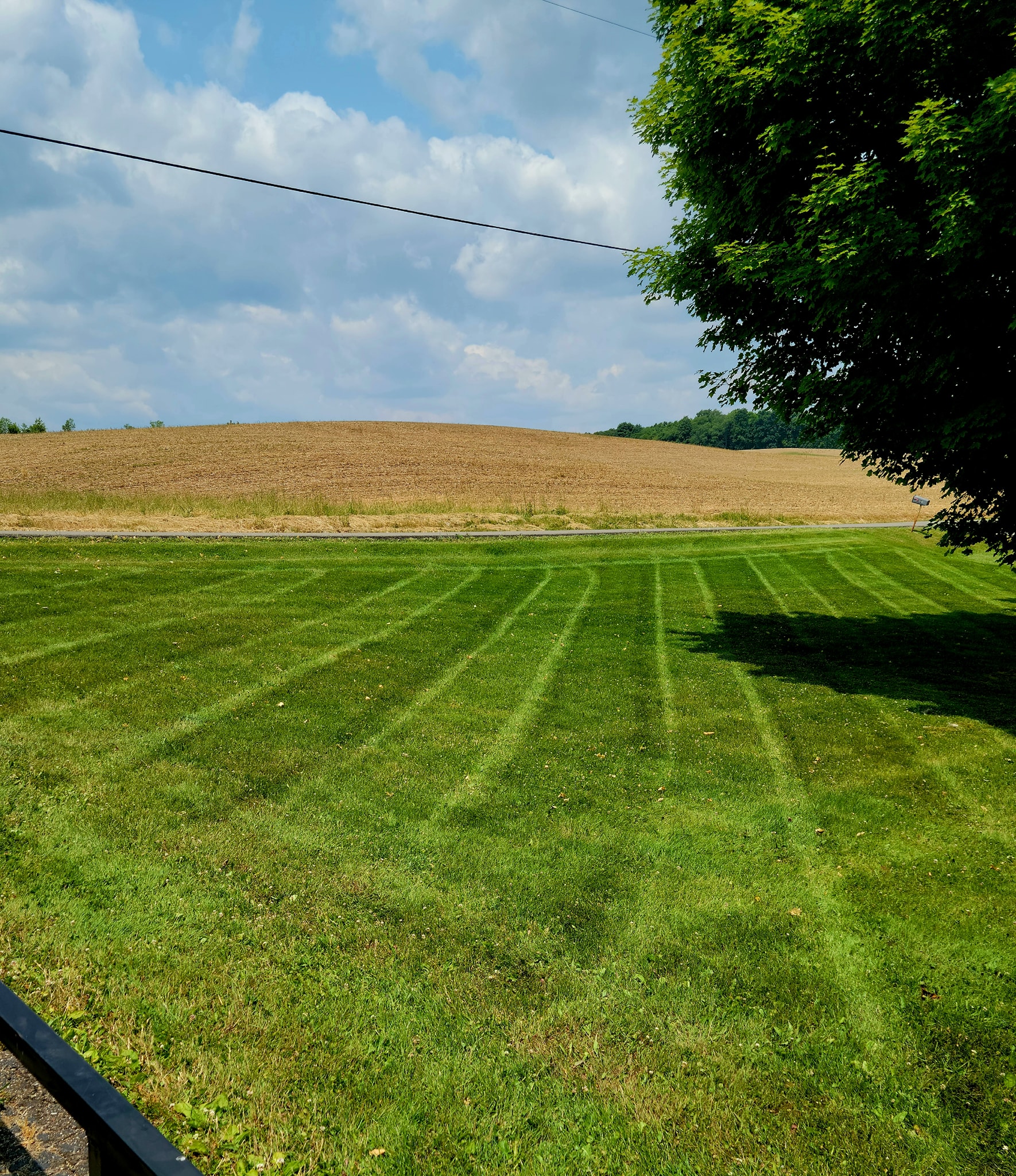
Elevate Your Outdoor Aesthetics: The Role of Color in Landscape Design Sep 14, 2025
Color is a powerful design tool that can influence emotions, create focal points, and establish coherence in a landscape. When applied correctly, colors can make your lawn look more extensive, more inviting, or more dynamic. The first step in leveraging color is understanding the color wheel, which is a visual representation of colors arranged by their chromatic relationship. By familiarizing yourself with primary, secondary, and tertiary colors, you can start to see how different hues can work together or contrast effectively.
In the world of landscaping, warm colors such as reds, oranges, and yellows can make spaces seem more energetic and vibrant. These hues are excellent for catching the eye and creating areas of interest. For instance, planting a row of bright red tulips along the edge of a pathway or adding a splash of yellow with marigolds can make your garden pop. Warm colors are best used in areas where you want to draw attention or encourage social interaction, like an outdoor dining or entertainment area.
Conversely, cool colors such as blues, greens, and purples tend to create a sense of calm and tranquility. These hues are ideal for spaces designed for relaxation and reflection. A cluster of lavender plants, for example, can provide both a soothing color palette and a delightful fragrance. Green, the most dominant color in landscaping, acts as a cohesive backdrop that connects various elements, allowing other colors to shine.
Beyond individual hues, the way colors are combined plays a crucial role. Complementary color schemes, which use colors opposite each other on the color wheel, create balance and vibrancy. For instance, pairing purple salvia with yellow coreopsis can produce a visually appealing contrast. On the other hand, analogous color schemes, using colors next to each other on the wheel, offer subtlety and harmony, ideal for creating a serene environment.
Additionally, incorporating seasonal colors adds dynamic interest to your landscape. Spring brings a burst of pastel blooms, while fall offers rich, warm tones. By selecting a variety of plants that bloom at different times, you ensure visual interest throughout the year.
Lighting also affects color perception in your landscape. Natural light can enhance the brightness of some colors and subdue others. Consider how sunlight changes throughout the day and aim to highlight specific colors with targeted lighting in the evening. Accent lights can cast intriguing shadows and enhance the texture and shade of flowering plants and foliage.
Finally, integrating hardscape elements such as stones, sculptures, or water features can complement your chosen color scheme. The neutral tones of these elements provide a balance and allow your plantings to shine.
In conclusion, the role of color in landscape design is multifaceted and impactful. At A&A Lawnworks, we understand that a well-thought-out color palette can transform your outdoor space into a personal paradise. Whether through the fiery reds of summer flowers or the soothing greens of evergreen foliage, the right colors can redefine your landscape. Reach out to us today to start creating an outdoor space that’s not only beautiful but uniquely yours.
/filters:no_upscale()/media/135e36e6-0f17-46c6-a0d8-7c0db031b9b0.jpg)
/filters:no_upscale()/filters:format(webp)/media/a964745d-ee19-4d0e-bd6e-1cda4d80338f.jpeg)